Food safety audits preparation help regulate all operations in the food industry by ensuring compliance and integrity among food businesses, according to Food Docs. Every food business needs to be committed to maintaining food safety throughout its restaurant operations. To protect public health, any type of food business must follow food safety laws and regulations.
What is a Food Safety Audit?
A food safety audit is a transparent report about the situation and level of food safety systems in a restaurant and it highlights the strengths and weaknesses. Moreover, these food inspection reports are then used to improve the food safety management strategy if necessary.
So, what is a food safety audit, and how is food auditing done? Consumers have now increasingly been aware of the laws and regulations regarding a restaurant’s food policy. Therefore, they are now aware of food being prepared in a completely hygienic atmosphere and the audit shouldn’t be a secret from the consumers. To protect public health, food safety agencies have heavily emphasized hazard analysis and prevention.
What are the Types of Food Safety Audits?
- First-party audit
- Second-party audit
- Third-party audit
Why Are Food Safety Audits Important?
Firstly, for safeguarding consumer health and well-being, food safety audits are absolutely vital. Moreover, these food audits help identify potential hazards, control points, and areas of improvement wherever it is needed. Hence, by assessing, these audits reduce the risk of foodborne illnesses and help improve consumer confidence in businesses.
Secondly, when relevant regulations and standards are set by food safety authorities, these audits ensure that food businesses comply with all these necessary standards. Moreover, compliance with these requirements is a legal obligation. They serve to maintain public trust and confidence in the food industry.
Lastly, food safety audits offer insightful information about the advantages and disadvantages of a food company’s operations. Therefore, they help organizations to improve their food safety management systems, processes, and procedures by pointing out areas that need improvement.
What Are the Types of Food Safety Audits Based on their Focus?
- Compliance audit
These audits generally examine whether a food company complies with the criteria and requirements set by food safety authorities.
- Program audit
This audit evaluates the implementation and effectiveness of specific food safety programs within an organization.
- Management system audit
By looking at an organization’s complete food safety management system, these audits adopt a wider viewpoint.
What Are the Key Areas of a Food Safety Audit?
A food safety audit would often look at your operations, assess them, and then point out any areas that could use improvement. These crucial areas have been well-established over time and are acknowledged to be crucial in maintaining the security of food operations.
Food Safety Management System
This area deals with how you run, keep an eye on, and make sure everything complies with food safety requirements. Additionally, it involves properly documenting your decisions in the event of a disagreement, a standards violation, or other nonconformities with your food safety procedures.
Food Storage
The way the raw and finished goods are stored in inventory has varying standards that need to be equally monitored. Moreover, this ensures that you are using safe raw materials and that the integrity of the shelf life of your finished products is maintained.
Food Preparation
Food safety audits fall within a broad category. Therefore, it involves proper cooking to the right internal temperatures, proper thawing of frozen meals, proper cooking of raw materials during preparation, proper segregation of raw materials during preparation, and even gloves or handwashing during making.
Sanitation and Cleaning
Foodborne illnesses are caused usually because of improper cleaning and sanitation practices. As such, this area is considered a key section of a food safety audit.
Facility Design
The design of the facility is often neglected but it contributes heavily to the safety of your operations. Moreover, the auditor also checks the presence of drainages, handwashing areas, chipped paint, and even the layout of your operations area.
Waste Management
This is to ensure that your food is being prepared and made in a clean and hygienic environment, leading to the trust of the public and their confidence.
Employee Hygiene
Employee hygiene includes things like how well-groomed they are, what they are wearing, and hygiene rituals like washing their hands.

